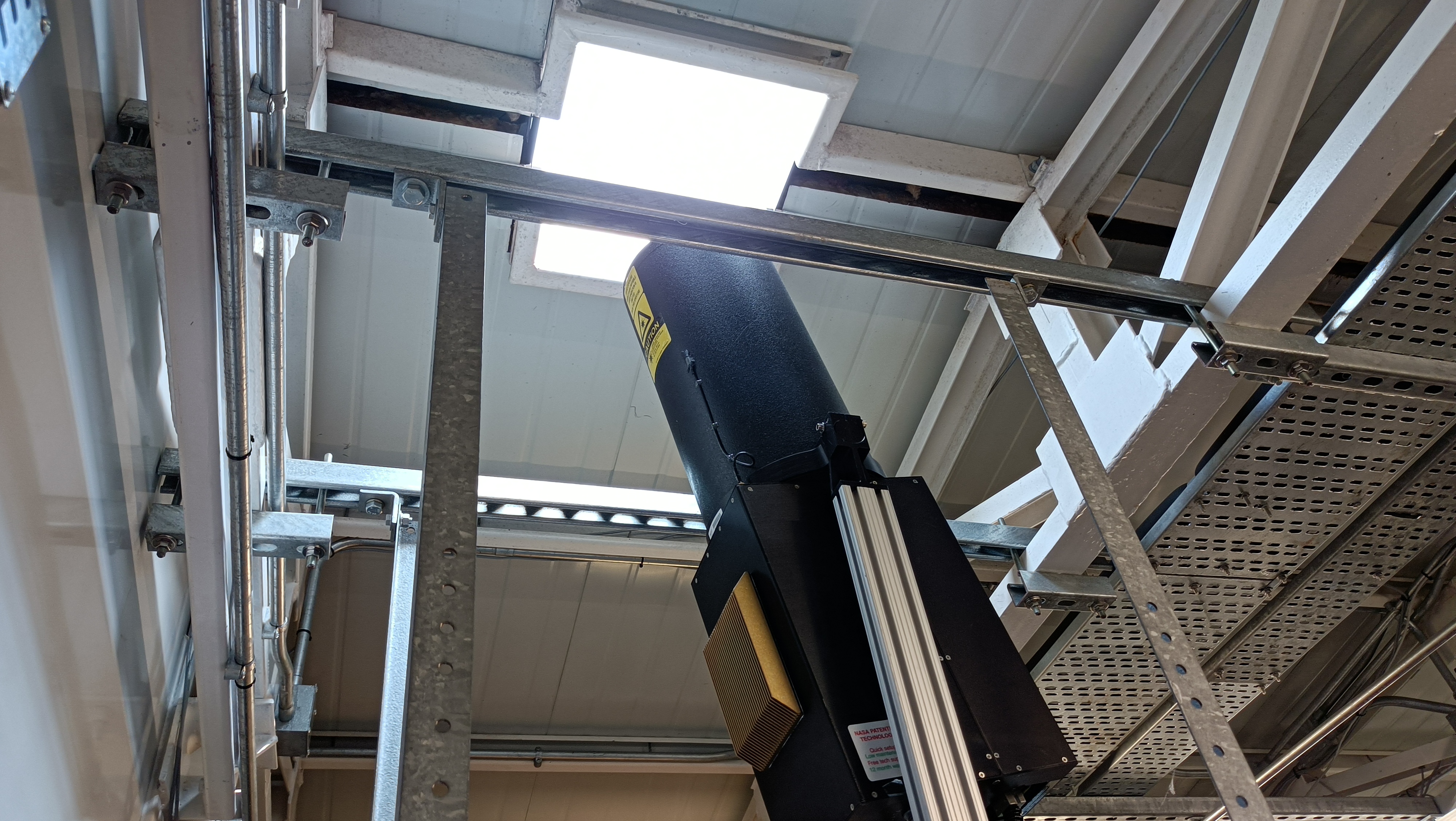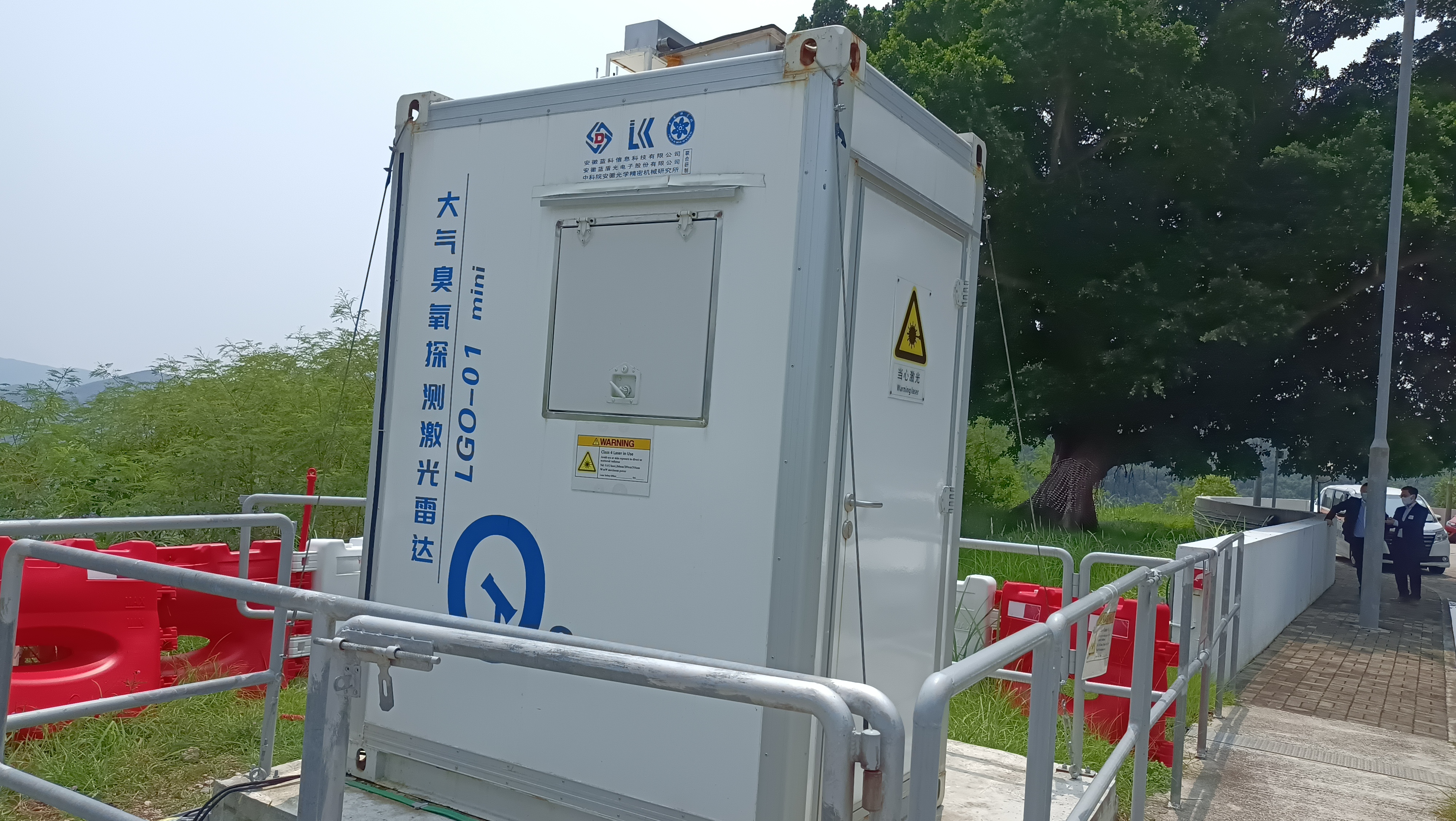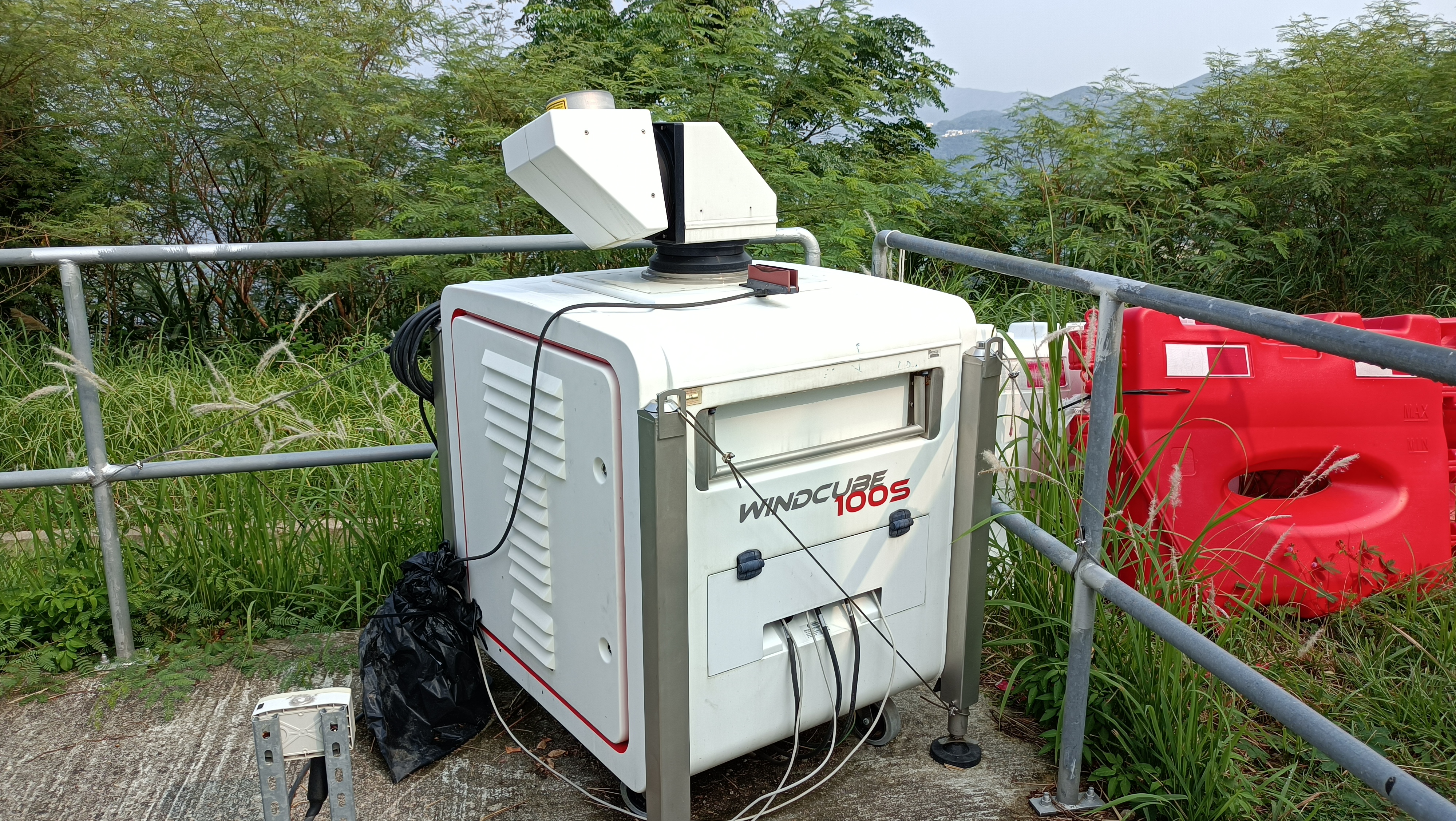
Multi-Expertise Collaboration
on regional ozone & photochemical smog control
![]()
HKUST Institute for the Environment has been collaborating with the atmospheric research teams from HKUST, The Chinese University of Hong Kong (CUHK), City University of Hong Kong (CityU) and The Hong Kong Polytechnic University (PolyU), as well as the international experts and atmospheric research teams including those in Guangdong and Macaoto to study and develop science-based regional ozone and photochemical smog control strategies led by the HKSAR Environmental Protection Department (HKEPD).
Combination of multi-disciplinary expertise with cutting-edge technology is targeted for improving the quantitative understanding of different emission sources contributing to the formation of ozone and smog in the atmosphere, their transport pathways, and their enroute transformation processes over Hong Kong and the Guangdong-Hong Kong-Macao Greater Bay Area (GBA).
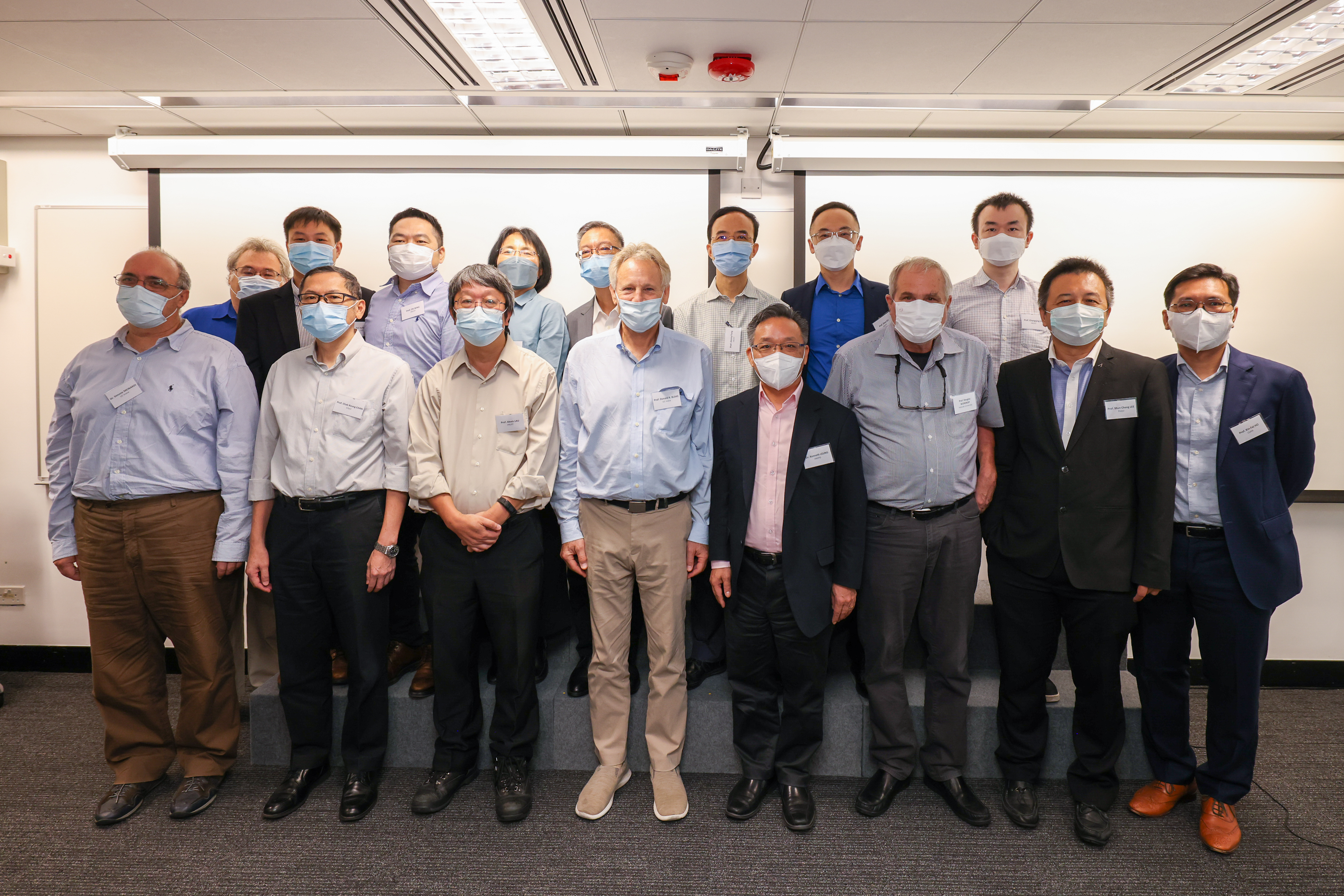
The multi-year collaboration efforts include -
- the setting up of multiple real-time research-grade instruments at selected sites around Hong Kong to continuously monitor the ground level variations of the reactive organic precursors significant for ozone and smog formations;
- the setting up of a multi-site LIDAR (Light Detection and Ranging) network to continuously monitor the 3-dimensional variations of wind, ozone and particulates and their impact on air pollution over Hong Kong;
- the setting up of comprehensive air-borne, sea-borne and land-based sampling capabilities to be deployed under short-notice during ozone episodes;
- the setting up of a “Gold Standard Volatile Organic Compounds (VOC) Analysis Lab” to allow precise and world-class VOC analyses to support the enhanced VOC sampling and source apportionment needs;
- the use of state-of-the-art photochemical models to integrate and reconcile the various observations, and to access the impact of different ozone and smog control strategies.
In addition, the research results and progress are closely monitored by an expert scientific steering committee comprised of leading atmospheric researchers from Hong Kong and the Mainland, to make sure that the best science is used to formulate the final ozone and smog control strategies.
Complexity of the ozone problem
Unlike other pollutants (e.g., SO2, CO) that are emitted directly into the atmosphere from specific sources, ozone is NOT directly emitted, but instead, it is formed in the atmosphere through complex photochemical reactions involving its reactive precursors including NO2 and volatile organic compounds (VOC). The reactive VOC precursors are a family of hundreds of chemical compounds released, often at trace levels, from a wide range of man-made and natural sources.
Moreover, because of the different industrial mixes and the natural environment in different regions, the composition of the reactive precursors could be very different from one place to another. Furthermore, the ambient concentrations of these reactive species are often very low (at parts-per-trillion levels), and hence their accurate measurements require the use of advanced (research grade) instruments, supported by experienced researchers following carefully designed sampling and analysis protocols.
Aerosol, ozone and wind LIDAR in HKUST Air Quality Research Supersite
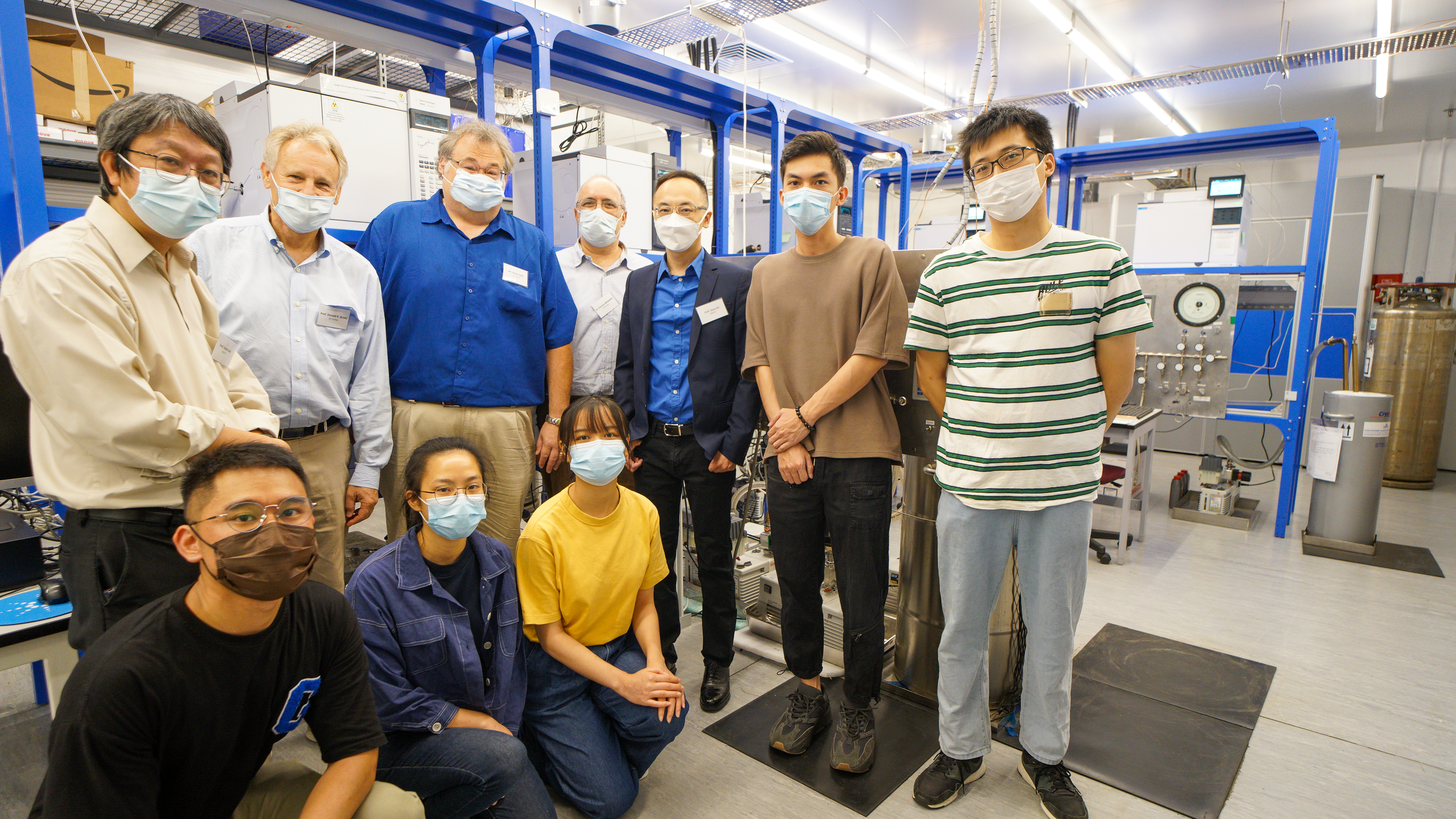
World-class VOC laboratory equipped with cutting-edge instruments for ambient and source characterization of VOCs and to serve as a benchmarking laboratory to support the air quality monitoring network in Hong Kong and GBA.
Key components of the current research effort
- The first part of the research effort is the continuous monitoring of the atmospheric composition of the reactive organic precursors. This includes the operation of advanced continuous mass-spectrometry instruments by research teams led by Prof. Zhe WANG (HKUST), Prof. Jianzhen YU (HKUST), Prof. Chak Keung CHAN (CityU), Prof. Kin-Fai HO (CUHK), and Prof. Shun Cheng LEE (PolyU), at multiple locations (urban, rural, background, and at the top of Tai Mo Shan) to fully characterize the detailed composition of the ambient atmosphere around Hong Kong.
- Atmospheric transport is three-dimensional. Besides quantifying the atmospheric composition on the ground, a good understanding of the atmospheric transport in the surface boundary layer above the ground is also very important. Hence, the second part of the research effort is the operation of LIDARs led by Prof. Changqing LIN (HKUST) to continuously measure the vertical variations of wind, ozone, and particulate matter (PM) at multiple locations across Hong Kong.
- Ground and LIDAR measurements can provide continuous information at specific points, but the spatial coverage is still limited. Hence, the third part of the research effort is to conduct much more comprehensive air, sea, and land measurements during episodic events. These include the advanced real-time sensor-based air monitoring and collection of multiple air samples using helicopters from the Government Flying Services led by Prof. Zhi NING (HKUST) and Prof. Dasa GU (HKUST), aboard marine vessels led by Prof. Zhe WANG (HKUST), and through enhanced 80-point simultaneous coordinated gridded sampling conducted in Hong Kong, Macao and Guangdong.
- The enhanced sampling implies a large increase in the need for precise VOC analyses, not just for the current research effort in Hong Kong, but also for understanding and qualifying the rising ozone problem in the GBA in the future. Hence, the fourth part of the research effort is the support by HKEPD and the Innovation Technology Commission (ITC) for the establishment of a Gold Standard VOC lab in Hong Kong led by Profs. Alexis LAU and Dasa GU (HKUST). This lab is targeted to serve as a reference lab to help enhance the region’s capability in VOC measurements and analyses.
- The observational data generated by the routine and episodic measurements shall be analyzed by the initial research teams, as well as the source apportionment team led by Prof. Zibing YUAN (South China University of Technology, Guangzhou) to help identify the dominant sources contributing to the release of the reactive precursors.
- At the same time, the observations will also be used by the modeling team led by Prof. Jimmy FUNG (HKUST) to fine-tune and validate the air quality model for use in ozone and smog studies over Hong Kong and the GBA. Subsequently, informed by the source apportionment studies, the modeling team shall also conduct scenario analyses to evaluate the performance of different emission control strategies in the reduction of ozone pollution in Hong Kong and the GBA.
![]()
Media Coverage
-
2022.09.21 - 上海東方衛視 SMG香港記者站 - 港乜都有 為了改善香港的空氣污染問題 香港的環境專家們在科大研究了個大項目!
-
2022.09.20 - RTHK Radio 3 Backchat | Part 2 16:23-32:09 - Regional ozone and smog problems
-
2022.09.20 - RTHK Hong Kong Today - New technology aiding research into smog
-
2022.09.20 - 星島日報 | 港聞A04 - 臭氧濃度高環署夥學者區域研究
-
2022.09.20 - 東方日報| 要聞 A05 - 臭氧區域性研究 揪污染排放源頭
-
2022.09.20 - 經濟日報 | 港聞A16 - 粵港澳研灣區臭氧 針對源頭助減排
-
2022.09.20 - 晴報 | 港聞 P06 - 臭氧及烟雾污染研究制定控制策略
-
2022.09.20 - 大公報 | 要聞 A04 - 臭氧及煙霧污染研究 制定控制策略
-
2022.09.20 - 鳳凰衛視 - 港環保署聯同多所大學監測臭氧助減排
-
2022.09.20 - 廣州電視臺TV - 灣區攜手減排 開展臭氧研究
-
2022.09.20 - 大公文匯網 - 臭氧及煙霧污染研究 制定控制策略
-
2022.09.20 -人民網 - 香港政府與學界聯合開展研究計劃解決大灣區臭氧污染
-
2022.09.20 - 新浪網 | 人民網 - 香港政府與學界聯合開展研究計劃解決大灣區臭氧污染
-
2022.09.20 - 南方報業 - 環保署聯手學界開展區域性臭氧及光化學煙霧污染大型研究計劃
-
2022.09.19 - 星島日報(加) - 臭氧濃度高有損呼吸道 政府學界合作研究區域控制策略
-
2022.09.19 - 商業電台 - 環保署聯同本港大學研究及制定控制臭氧策略
-
2022.09.19 - 深圳衛視 (TV) -香港特區政府聯合學界展開合作解决大灣區臭氧污染問题
-
2022.09.19 - 網易 - 香港特區政府聯合學界展開合作解决大灣區臭氧污染问题
-
2022.09.19 - HK01 - 空氣污染|環保署與學界展開區域性污染源研究 望以科學助解臭氧
-
2022.09.19 - 東網 - 臭氧年均濃度年飆 環署與學者跨地域研具體成因
-
2022.09.19 - Yahoo! 新聞 (from東網) - 臭氧年均濃度年飆34% 環署與學者跨地域研具體成因
-
2022.09.19 - LINE TODAY (from東網) - 臭氧年均濃度年飆34% 環署與學者跨地域研具體成因
-
2022.09.19 - TOPick | hket - 【空氣污染】環保署連同大學展開大灣區臭氧研究 料2024年有完整報告
-
2022.09.19 - 頭條日報 - 臭氧濃度高有損呼吸道 政府學界合作研究區域控制策略
-
2022.09.19 - 巴士的報 - 臭氧濃度高有損呼吸道 政府學界合作研究區域控制策略
-
2022.09.19 - 星島日報 (美) - 臭氧濃度高有損呼吸道 政府學界合作研究區域控制策略
-
2022.09.19 - 星島日報 - 臭氧濃度高有損呼吸道 政府學界合作研究區域控制策略
-
2022.09.19 - Mirage News - Joint Government and Academia efforts to Study and Develop Regional Ozone and Smog Control Strategies
